ARTICLE. Pancorbo- Hidalgo PL , Joan Enric Torra-Bou, García-Fernández FP , Soldevilla Agreda JJ. Prevalence of pressure injuries and other dependence-related skin lesions among paediatric patients in hospitals in Spain. EWMA Journal 2018 vol 19 no 2.
Abstract
Introduction. Children admitted to hospitals may develop different types of skin injuries (dependence-related skin lesions) caused by pressure, or moisture and/or friction. Most epidemiological studies examine only pressure injury (PI; previously known as pressure ulcers). There is a wide range in the reported values (0.47% – 43%) for the prevalence of PI in paediatric hospital units Aim. To establish the prevalence of PI, moisture-associated skin damage (MASD), and skin tears in paediatric hospital units in Spain. Methods. A cross-sectional study (epidemiological survey) was conducted by the Spanish Advisory Group on Pressure Ulcers and Chronic Wounds (GNEAUPP) in 2017. All public and private Spanish hospitals were invited to participate. The data were collected using a secure online form; hospital and unit characteristics, numbers of children admitted, and numbers of PIs, MASDs, combined lesions, and skin tears were recorded. Values for prevalence and the associated 95% confidence intervals (CIs) were calculated. Results. Seventy-three paediatric units from 23 hospitals completed the survey (total 1,027 patients). The PI prevalence was 3.31% (95% CI 2.38% – 4.59%). By unit type, the PI prevalence was 1.79% (0.69% – 3.69%) for general paediatrics wards and 9.39% (4.50% – 15.11%) for paediatric intensive care units. All PIs were acquired after admission. Most of the PIs (86.1%) were category 1 or 2, and were located on the head (occipital), nose, or other areas of the face. The prevalence of MASD was 1.56% (0.96% – 2.52%); that of combined lesions was 0.49% (0.21% – 1.13%). There were no statistically significant differences between the general wards and intensive care units. The intensive care unit skin tear prevalence was 0.10% (0.02% – 0.55%). Conclusions. The prevalence of PI in paediatric hospital units in Spain was low compared with published values for other countries. All the PIs were hospital-acquired (i.e., they developed after admission). PI prevention likely needs improvement in these units. The MASD prevalence was very low; most of the lesions were due to incontinence-associated dermatitis. This national survey is the most comprehensive to date on skin injuries in hospitalised children in Spain.









Leave A Comment